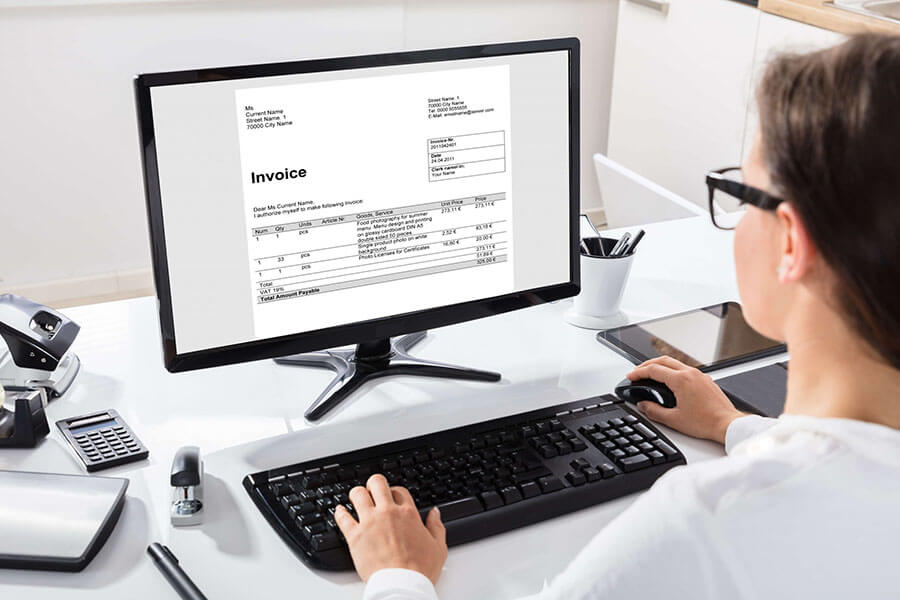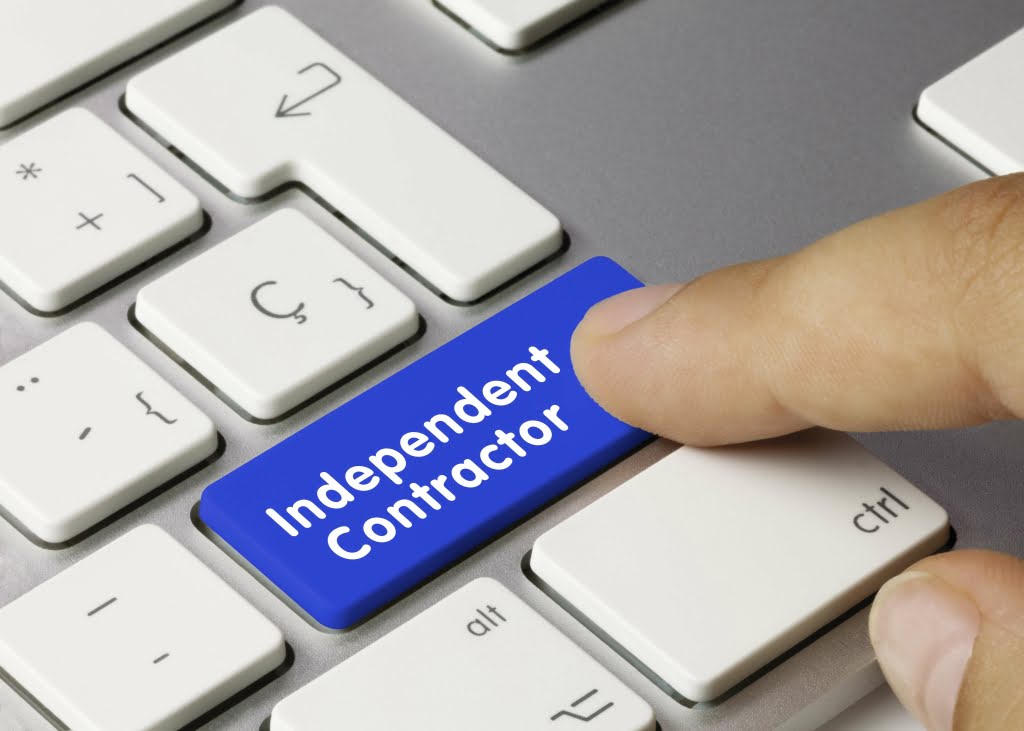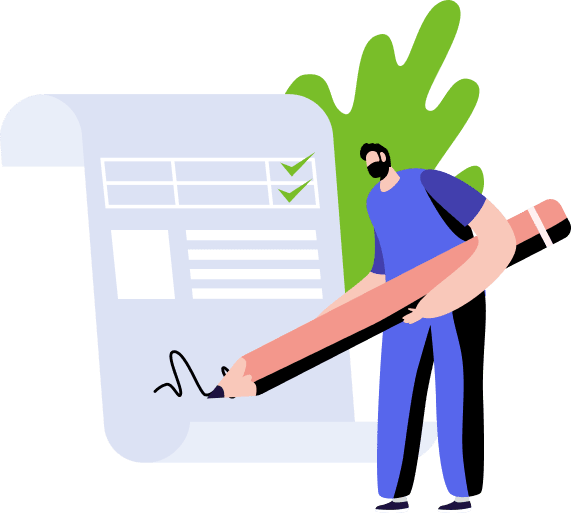
Continue on with the course, attend classes, and ask your questions in the comments below. To get your complete real estate investing ROI, you simply need to add up each return. Fortunately, you don’t need to do this manually as our rental property analysis spreadsheet can do the work. For example, an investor purchases a property for $1 million putting $100,000 cash as a down payment and borrowing $900,000. The investor decides to sell the property for $1.1 million after having paid $25,000 in loan payments that include a principal repayment of $5,000. Cash-on-cash returns are calculated using an investment property’s pre-tax cash inflows received by the investor and the pre-tax outflows paid by the investor.

Profit and Loss
The math won’t lie, and you’ll have a much better idea if the rental property might prove to be a worthwhile addition to your portfolio. One of the most important assumptions a real estate investor makes when performing real estate valuations is to choose an appropriate capitalization rate, also known as the cap rate. This is the required rate of return on real estate, net of value appreciation or depreciation. The cap rate helps investors estimate the resale value of a property investment when it reaches the end of its holding period. Put simply, it is the rate applied to NOI to determine the present value of a property. Cash flow analysis is crucial to a healthy and profitable real estate investment portfolio.

Step 2: Project the Construction Period
- Cash flow analysis is crucial to a healthy and profitable real estate investment portfolio.
- Keeping vacancy rates low is crucial for maximizing rental income and ensuring the property remains a viable and profitable investment.
- Positive cash flow indicates the organization has enough money to pay its debts and expenses, reinvest in profitable lines of business, and provide a cushion against unexpected costs.
- In CRE, individuals or businesses, i.e., tenants, pay rent to property owners to use their space.
- To put this into context, let’s take a look at a $6 million loan with a 5.0% interest rate amortizing over 25 years.
- For example, let’s say you could invest $500,000 in a new home that you expect to be able to sell in a decade for $750,000.
High dependency could be a red flag since leverage also hurts us if the deal goes poorly. The Debt Yield equals NOI / cash flow definition real estate Initial Debt Amount, the Interest Coverage Ratio equals NOI / Interest, and the Debt Service Coverage Ratio (DSCR) equals NOI / (Interest + Principal Repayments). Cap Rates represent the property’s location, quality, and overall desirability, and lower Cap Rates mean the property is more expensive, while higher Cap Rates mean the opposite. We’ve hard-coded the acquisition price here, but it’s based on a Cap Rate of 5.80%.
- Typically, property taxes are based on an assessment of the market value of a property.
- The cash-on-cash return rate provides business owners and investors with an analysis of the business plan for a property and the potential cash distributions over the life of the investment.
- Paying down the principal is actually building more equity in your property.
- In addition to property taxes, investors may face capital gains taxes if they sell the property at a profit, which can affect their investment exit strategy and timing.
- Get immediate access to videos, guides, downloads, and more resources for real estate investing domination.
- The most obvious way to increase cash flow is to increase the amount of rent on your property.
- However, when the cap rate is lower than the loan constant, debt will decrease the cash-on-cash return, resulting in negative leverage.
What NOI Tells Real Estate Investors
After debt service is paid, the property has $15,000 in cash available before taxes are paid. This number also represents cash available for distribution to investors. After all, a big reason you’re probably in this business is to get a return on investment, and cash flow is a major factor in the buy-and-hold investment strategy. I took a little cash flow hit last year when my property taxes and insurance costs went up. I was caught off guard initially, but now I know (and you do too!) that these expenses can rise every year.
Equity Side – Cash Later Side
Master financial modeling for real estate development and private equity with 11 global case studies based on property acquisitions, developments, and renovations. We can now calculate the IRR to Equity Investors based on their initial contributions, the refinancing, the annual cash flows, and the eventual sale of the property. In real estate financial modeling, these metrics are important for both lenders (they indicate downside risk) and owners (they indicate Debt capacity). In real estate financial modeling, property valuation is almost always based on the NOI divided by a Cap Rate or range of Cap Rates. Master financial modeling for real estate development and private equity with 6 short case studies and 5 in-depth ones based on real properties from around the world.
How Cash Flow Impacts Property Value
A cash-on-cash return is a metric normally used to measure commercial real estate investment performance. It is sometimes referred to as the cash yield on a property investment. The cash-on-cash return rate provides business owners and investors with an analysis of the business plan for a property and the potential cash distributions over the life of the investment. As previously mentioned, a rental property in a good condition and situated in a prime location increases the overall value of the property overtime. This is a major win for real estate investors because they are able to sell the property for a lot more than the original purchase price and earn a big fat profit margin from the sale.

Cash-on-Cash Return Example
Expenses include taxes, insurance, repairs and maintenance, management fees, utilities, and miscellaneous business expenses. As this section describes, there are a number of ways that commercial real estate investors can increase cash flow. One of the greatest rules to quickly determine if a property can generate positive cash flow, is the 1% rule. This rule states that there’s a good chance you’ve found a cash-flowing property if it rents for at cash flow least 1% of the purchase price. It’s a very simple concept but fundamental to real estate investment practices.

This is because cash flow can be “bought,” either through a business loan or an injection of the owner’s capital. One of the main reasons for investing in real estate is to have as much cash left over at the end of the day. That’s why it’s critical to understand how to calculate cash flow and to do it right. While these calculations are easy to do in your head, they can also lead to a major headache once the property is purchased and the property isn’t performing as expected.
“Cash flow” is often used interchangeably with “Net Operating Income,” or NOI, though there are distinct differences between the two. Do they want to invest the time to build a detailed cash flow model only to find out they aren’t interested in the property? Or, can they do a quick test to determine if there is enough interest to do a more detailed analysis. In a so-called value-add investment strategy, a property is purchased for a good price and capital is invested into renovations and improvements with the hope of increasing rent and/or reducing vacancy. To summarize, any sort of income that a property produces, either from rent or other means can increase cash flow.
